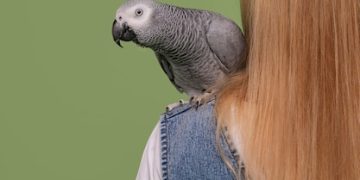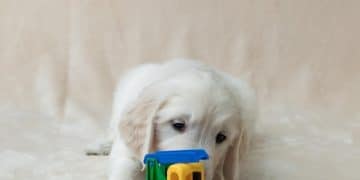Why Do Cats Knead? Understanding Feline Kneading Behavior
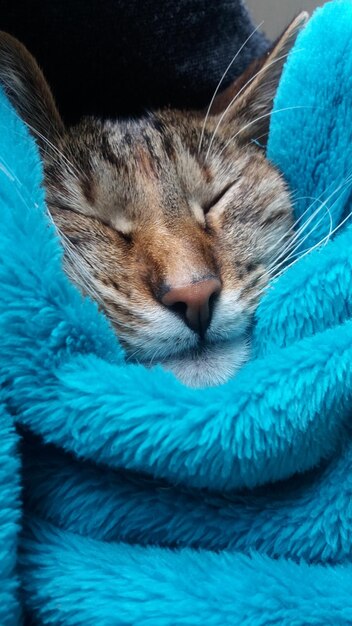
Cats knead because of instinctual behaviors from kittenhood, mimicking nursing to stimulate milk flow and creating a comforting association with their mother; as adults, they might knead to mark territory, express contentment, or soften a spot to lie down.
Have you ever noticed your feline friend rhythmically pushing their paws into a soft surface? This behavior, known as kneading, is a common and endearing trait among cats. Let’s unravel the mystery behind why do cats knead? Unraveling the mystery behind this comforting feline behavior.
The Kittenhood Connection: Nursing Instincts
One of the most widely accepted theories explaining why cats knead stems from their early days as kittens. This behavior might be deeply rooted in their instinctual need to nurse.
Mimicking Nursing
When kittens nurse, they instinctively knead around their mother’s teats. This action stimulates milk flow, ensuring they receive the nourishment they need to grow and thrive.
Associating with Comfort
This act of kneading becomes associated with the comfort, warmth, and security they feel while nursing. The rhythmic motion and the resulting milk create a positive feedback loop, linking kneading with pleasant sensations.
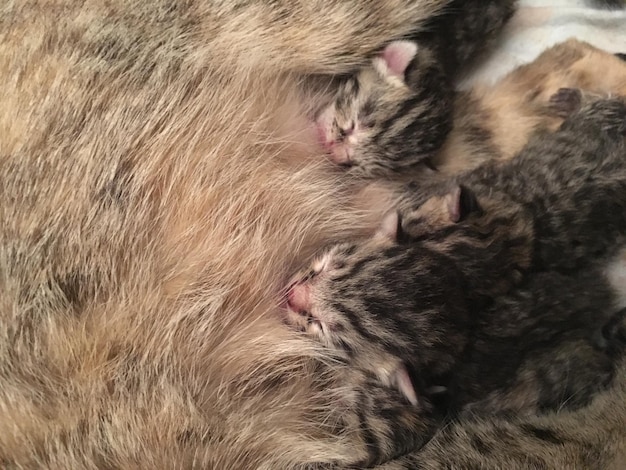
- Comfort and security: Kneading is linked to the safety and warmth felt during nursing.
- Stimulates milk flow: The rhythmic pushing helps kittens get milk.
- Early development: This behavior starts from the first days of life.
Even after they are weaned, this association remains strong. The act of rhythmic pawing triggers those early memories and feelings of contentment, providing a sense of security and relaxation.
Territorial Marking: Claiming Their Space
Another compelling reason for kneading involves a cat’s instinct to mark its territory. Cats are highly territorial creatures, and they use various methods to signal ownership of their domain.
Scent Glands in Paws
Cats have scent glands located in their paws. When they knead, these glands release their unique scent onto the surface they are pawing. This scent acts as a signal to other cats, indicating that this particular area belongs to them.
Visual Marking as Well
Kneading can also leave visual cues, particularly on softer surfaces like blankets or upholstery. The repeated motion can create subtle indentations, further marking the spot as their own.
By kneading, cats are not only making themselves comfortable but also asserting their presence. This behavior is a way of saying, “This is mine,” to other cats who may wander into their territory.
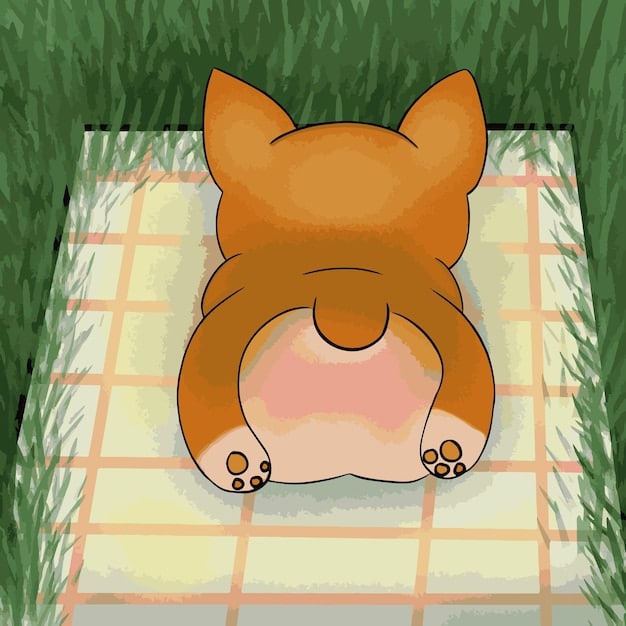
Expressing Contentment: A Sign of Bliss
Many cat owners observe that their feline companions knead when they seem particularly content. This behavior often accompanies purring, another sign of feline happiness.
The Purr-Knead Connection
When a cat is relaxed and enjoying its surroundings, it may begin to purr and knead simultaneously. The combination of these behaviors indicates a state of pure bliss.
Feeling Safe and Loved
Cats are most likely to knead when they feel safe, secure, and loved. This behavior is a way of expressing their contentment and gratitude to their human companions.
If your cat kneads on your lap or against your body, consider it a compliment. It means they feel comfortable and trust you enough to show their vulnerable side.
Softening the Spot: Making a Comfortable Bed
In the wild, cats knead to prepare their sleeping area. This behavior helps them create a more comfortable and secure place to rest.
Instinct from the Wild
Wild cats would knead down grass or leaves to create a softer, more insulated bed. This process ensures the area is free of any sharp objects or pests that could disturb their sleep.
A Residual Behavior
Domestic cats retain this instinct, even though they often have soft beds and blankets readily available. Kneading helps them feel like they are creating a safe and comfortable spot to lie down.
Is Kneading Always Normal? Recognizing Potential Issues
While kneading is generally a normal and harmless behavior, there are instances when it may indicate an underlying issue that requires attention.
Excessive Kneading
If your cat begins kneading excessively or obsessively, it could be a sign of stress or anxiety. In such cases, it’s essential to identify the source of their discomfort and address it accordingly.
Medical Conditions
In rare cases, excessive kneading could be related to a medical condition. If you notice any other unusual behaviors or physical symptoms, consult with your veterinarian to rule out any underlying health problems.
- Check for stress: Excessive kneading might signal anxiety.
- Rule out medical issues: Consult a vet if other symptoms are present.
How to Respond to Kneading: Encouraging Positive Behavior
As a cat owner, there are several ways you can respond positively to your cat’s kneading behavior, reinforcing their sense of security and happiness.
Provide Soft Surfaces
Ensure your cat has access to soft blankets, cushions, or beds that they can comfortably knead. These surfaces provide a safe and appropriate outlet for their instinctual behavior.
Trim Their Claws
To prevent any discomfort or scratches, keep your cat’s claws trimmed regularly. This minimizes the potential for injury to you or your furniture while they knead.
Kneading is a delightful and fascinating behavior that provides insight into a cat’s emotional state and evolutionary history. By understanding the reasons behind this comforting feline behavior, we can better appreciate our feline companions and provide them with the love and care they deserve.
| Key Point | Brief Description |
|---|---|
| 🐾 Kittenhood Connection | Linked to nursing instincts for comfort and milk stimulation. |
| 🏡 Territorial Marking | Cats use scent glands in paws to mark their territory. |
| 😻 Contentment Expression | Sign of happiness, often paired with purring. |
| 🛏️ Softening the Spot | Instinct to create a comfortable and safe sleeping place. |
FAQ
▼
Cats often knead on soft surfaces because it mimics the comforting sensation of kneading their mother’s belly while nursing as kittens, associating it with warmth and security.
▼
Yes, kneading can be a sign of affection and contentment. When your cat kneads on you, it’s often a display of comfort and trust, similar to how they felt with their mother.
▼
Generally, you shouldn’t discourage kneading unless it’s causing damage or discomfort. Instead, provide a soft blanket or surface for them to knead on, redirecting the behavior.
▼
In rare cases, excessive kneading could indicate stress, anxiety, or a medical condition. If the behavior is new, obsessive, or accompanied by other symptoms, consult a vet for advice.
▼
Not all cats knead, but it is a common behavior among domestic cats. Some cats may only knead occasionally, while others do it frequently as a way to express contentment and comfort.
Conclusion
Understanding why cats knead unveils the fascinating interplay between instinct, emotion, and behavior in our feline companions. Whether it’s a vestige of kittenhood, a means of marking territory, or simply an expression of contentment, kneading is a unique and endearing trait that deepens our connection with our cats.


